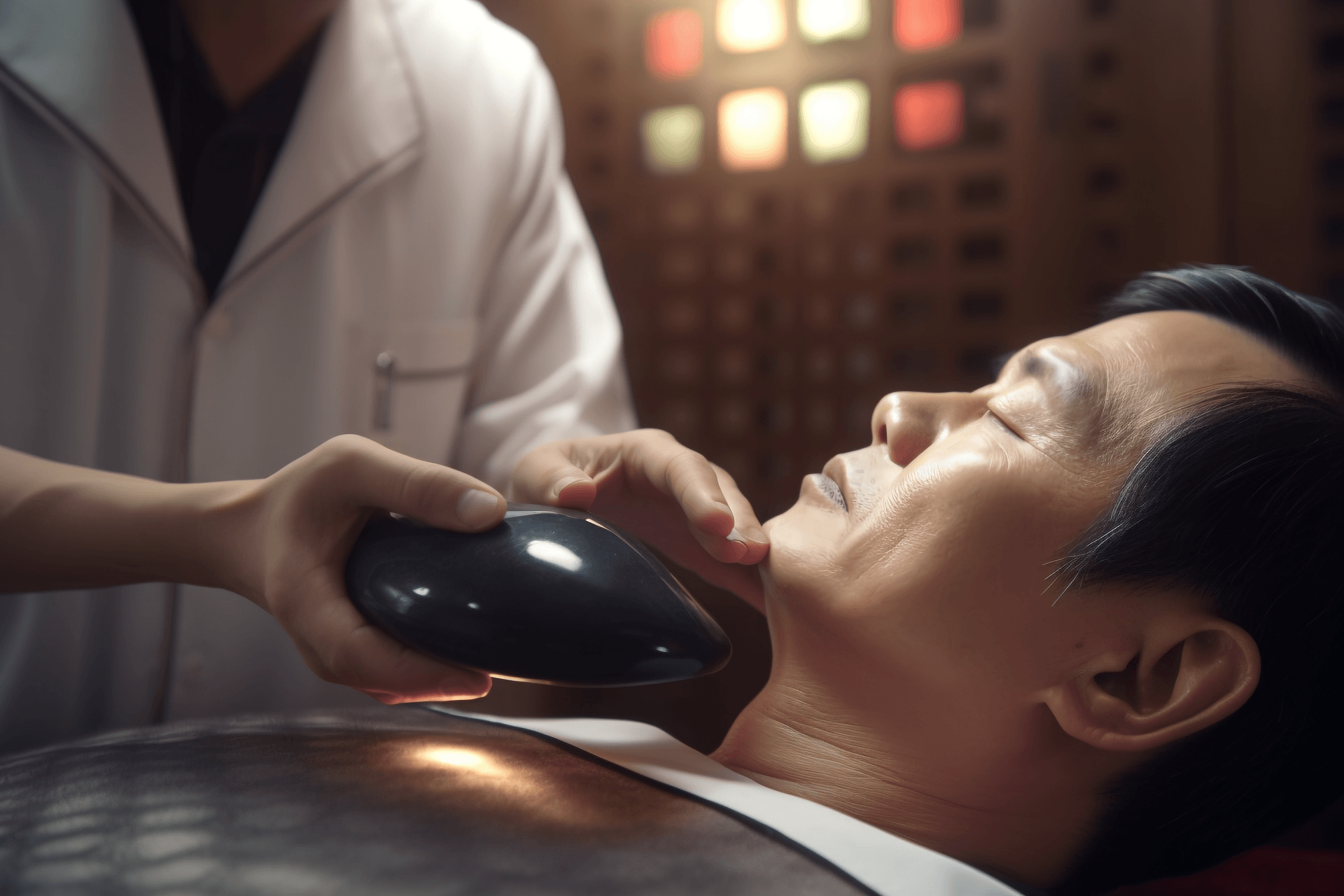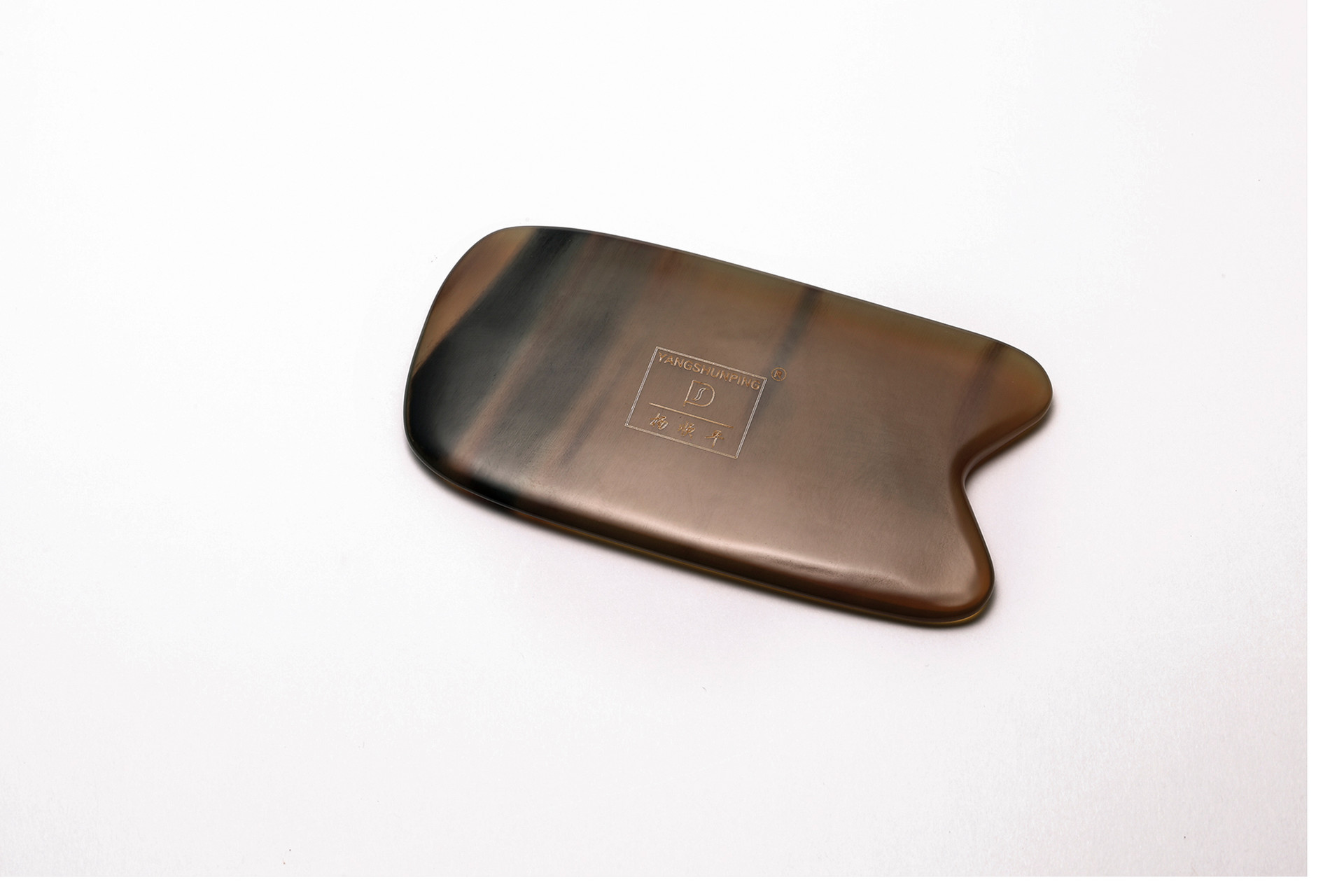Gua sha is a long-standing traditional Chinese health preservation method. We may have our own understanding of gua sha in traditional Chinese medicine, but many people may not fully understand what "sha" refers to. So what exactly is "sha" in traditional Chinese medicine gua sha? Is there any explanation? Let's explore it together!
There are actually many explanations for "sha" in traditional Chinese medicine gua sha, but we may not be familiar with them. Let's provide a detailed introduction below.
1. "Sha" is the "stagnant impurities" in the meridians and blood, commonly known as toxic sha
"Sha" refers to the "stagnant impurities" in the meridians and blood, commonly known as toxic sha. It obstructs the circulation of Qi and blood, the exchange of nutrients and metabolic waste, and can lead to pathological changes in tissues and organs. Therefore, there is a saying in traditional Chinese medicine that "all diseases can produce sha".
In clinical practice, we refer to the red or purplish-red spots and patches scraped out of the patient's skin using a special gua sha tool as "sha". "Sha" refers to the harmful toxins that cause various diseases and accelerate aging in the human body. It can also be said that the stagnant blood and pathological substances separated from the microcirculation are called "sha".
2. What is the difference between "sha" and blood stasis?
On the surface, sha looks no different from ordinary blood stasis. However, by looking at the essence through phenomena, we can find that there are essential differences between the two. For example, in daily life, when someone accidentally falls and develops a bruise under the skin or blood oozes from the skin, it immediately becomes painful and restricts movement.
In the areas where we perform gua sha, we also see spots and patches similar to blood stasis under the skin, but the opposite phenomenon occurs. The previously painful and restricted areas become less painful or even disappear as sha is expelled, and movement becomes more flexible. Upon closer observation, we can find:
① The blood from sports injuries is bright red, while most of the sha scraped out is dark red or purple, or even dark green or black.
② In a large number of gua sha practices, we have found that the color, shape, and location of sha vary in different diseases of different severity.
With the expulsion of sha, both mild and severe diseases have been relieved, and some have even been cured. The effect is particularly significant for painful diseases. The changes before and after gua sha and the rules of sha formation indicate that sha is fundamentally different from ordinary blood stasis.
3. Why can "sha" be scraped out from diseased areas and along the meridian lines, but not from normal areas?
When the metabolism of tissues and organs is disrupted and normal substance exchange cannot occur, pathological substances and metabolic waste will cause microcirculation disorders. The entrance of the microcirculation spasm due to stimulation prevents arterial blood from delivering oxygen and nutrients to this area. Similarly, the exit of the microcirculation also closes defensively to prevent the spread of pathogenic substances, resulting in stasis and capillary permeability disorders at this location.
When the gua sha tool is repeatedly pressed and scraped on this area, the capillaries in the microcirculation will produce strong contraction and relaxation reactions, squeezing out the pathogenic substances stagnating in the microcirculation along with red blood cells, forming subcutaneous blood stasis, which is the appearance of "sha".
Sha appears as an antigenic stimulus, stimulating the production of antibodies in the human body, thereby activating the immune system and playing an important role in disease prevention and control.
4. "Sha" refers to the blood that seeps out of the blood vessels and contains toxins from the body
In a healthy body, the functions and metabolism of various organs are normal. If metabolic waste accumulates and microcirculation barriers form, it indicates metabolic abnormalities. These pathological substances cause cell hypoxia and aging, and the permeability of capillaries becomes disordered.
The red, purplish-red, dark blue, or dark green spots and patches that appear in the gua sha area are actually blood that seeps out of the blood vessels and contains toxins from the body.








